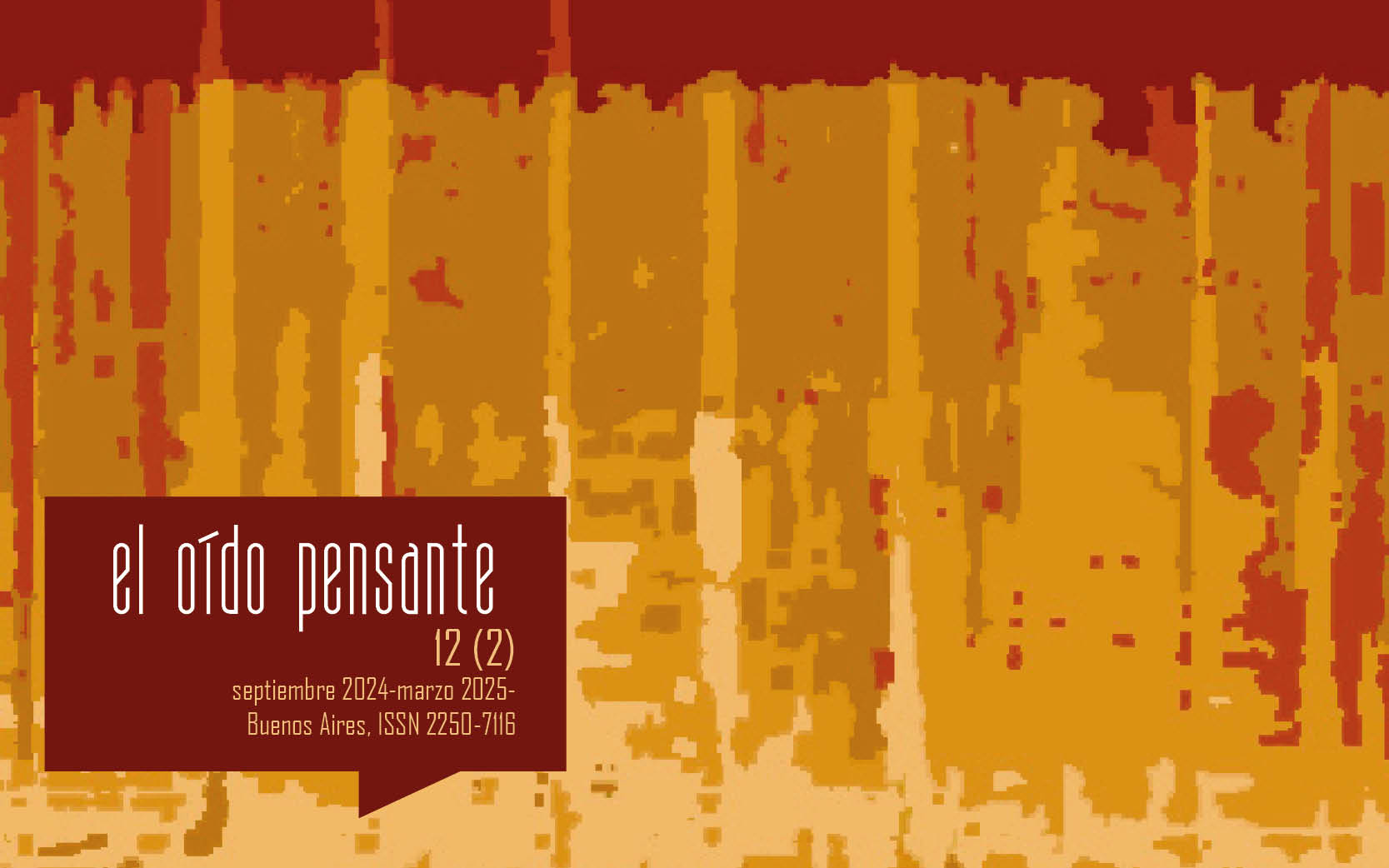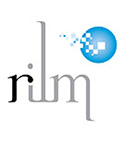A New Music as a Territory of the Emancipation of Technological Resources
Abstract
Considering a 20th century that saw the birth of instruments, musical resources, and techniques that responded to the demands of the music of its own time, in this article, we examine whether the gradual consolidation of electronic resources in the compositional field has some kind of relationship with the development of the Cultural Industry, which, according to the Frankfurt School, is driven through the expansion of communication technologies. Based on Heidegger’s analysis of the nature of these resources, we pay special attention to the way in which their entry into the creative process entails the gradual appearance of a distinct thought from the musical one, a thought that arises from the technological stage and that can be traced back to the instrumental reason defined by Marcuse, all within a process where new technologies seem to guide their development towards their own autonomy.Downloads
References
Adorno, T. y Horkheimer, M. (2007). Dialéctica de la Ilustración (Trad. J. Chamorro Mielke). Madrid: Akal.
Cornicello, A. (2000). Timbral Organization in Tristan Murail’s Désintégrations and Rituals. (Tesis de Ph.D.). Brandeis University, Waltham, Massachusetts, Estados Unidos.
Devenish L. (2021). Instrumental Infrastructure, Instrumental Sculpture and Instrumental Scores: A Post-Instrumental Practice. Music & Practice, Volume 9, 1-17.
Duchez, M.E. (1990). L’évolution scientifique de la notion de matériau musical. En C. Bourgois (Ed.). Le Timbre, Métaphore pour la composition (pp. 47-81). París: IRCAM.
García, M. (2015). La situación social de la música en Theodor W. Adorno. Revista Ciencias y Humanidades, Vol. I, N.° 1, 151-192.
Heidegger, M. (1994). La pregunta por la técnica. En I. Zimmermann (Ed.). Conferencias y artículos (pp. 9-37). Barcelona: Ediciones del Serbal.
Heidegger, M. (1997). La pregunta por la técnica. En J. Acevedo y F. Soler (Eds.). Filosofía, Ciencia y Técnica (pp. 113-148). Santiago de Chile: Editorial Universitaria.
Heidegger, M. (2005). Parménides. Madrid: Ediciones Akal.
Lanza, A. (1991). Il secondo Novecento. Turín: Edizioni di Torino.
Lenguita, Paula. 2002. La dominación tecnológica según la Teoría Crítica. Notas para una revisión del alegato pesimista de la Escuela de Frankfurt. Cinta moebio, 15, 400-409.
Marcuse, H. (1993). El hombre unidimensional (Trad. A. Elorza). Barcelona: Editorial Planeta-De Agostini.
Rowbotham, J. F. (1893). A History of Music to the Time of the Troubadours. Nueva York-Londres: Scribner’s Sons.
Russolo, L. (1976). Manifesto futurista. En H. Pousseur. La musica elettronica (pp. 10-16). Milán: Feltrinelli Editore.
Sadin, É. (2009). Surveillance globale: enquête sur les nouvelles formes de contrôle. París: Evergreen Ed.
Sadin, É. (2017). La humanidad aumentada. La administración digital del mundo. Buenos Aires: Caja Negra.
Stene, H. (2014). This is not a Drum. Towards a Post-Instrumental Practice. (Tesis). The Norwegian Artistic Research Programme. The Norwegian Academy of Music, Oslo, Noruega.
Stockhausen, K. (2008). Electronic and Instrumental Music. En Cox, C. y Warner, D. Audio Culture: Readings in Modern Music (pp. 370-380). Nueva York: Continuum Ed.
Varèse, E. (1976). Nuevos Instrumentos y Nueva Música. En H. Pousseur. La musica elettronica (pp. 16-18). Milán: Feltrinelli Editore.























